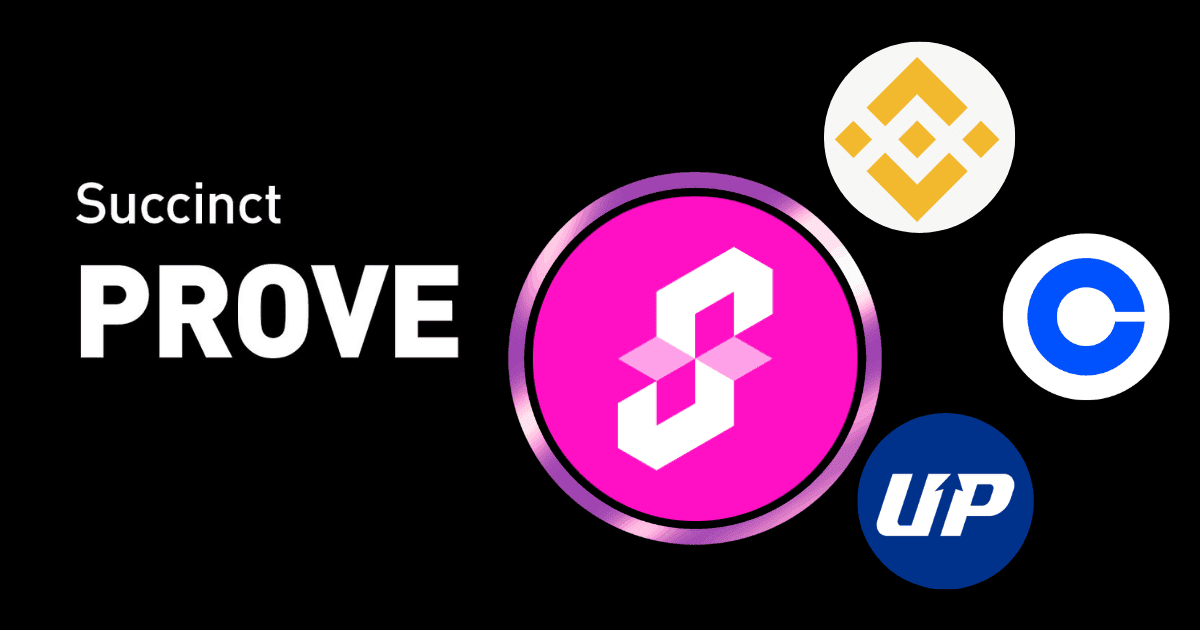
Recently, while sorting through the ZK track, there was a project’s data that caught my attention — Succinct Labs @Succinct has been live on the mainnet for less than a year and has already processed 5 million zero-knowledge proofs, supporting the underlying architecture of top projects like Polygon and Celestia, with a cumulative locked scale exceeding $4 billion. Even more surprising is that this project, backed by Paradigm with $43 million, is actually solving an "anti-involution" problem.
I remember when chatting with several developers last year, they complained that learning ZK now feels like preparing for civil service exams, having to first get through the two "essay textbooks" on elliptic curves and Circom. The brilliance of #SuccinctLabs lies in completely overturning this development experience — now you only need to know how to write Rust code, and the rest of the ZK proof generation work is handled by their SP1 zkVM. It's like turning a professional DSLR camera into a smartphone's "portrait mode"; developers just focus on composition while all the complex exposure parameters are automatically taken care of.
Technically, it really delivers. Official tests show that the performance of SP1 zkVM is 4 to 28 times faster than traditional solutions, and in certain specific scenarios, it can even save 100 times the development time. However, what I find most interesting is their economic model design. That decentralized prover network (Prover Network) is essentially a ride-hailing system for computing power — global nodes are always on standby to grab orders, settling with $PROVE tokens while also staking as collateral. This design ensures the immediacy of proof services while ensuring security through economic games.
Speaking of $PROVE , it might be one of the most "versatile" tokens I've seen recently. Besides the usual incentives for proof providers, it also includes governance, parameter adjustment, and insurance staking functions. This compound design creates a closed loop in the token economy: demand for usage drives demand for proof, demand for proof creates token value, and the increase in value in turn enhances network security.
When founder Uma Roy said "to democratize ZK technology", I specifically went through their developer documentation. One particular case illustrates the point: a certain DeFi project originally required 3 months to develop the ZK circuit, but through SuccinctLabs’ Rust interface, it was integrated in just two weeks. What does this efficiency improvement mean in the blockchain industry? It’s equivalent to simplifying rocket engineering into assembling Lego.
From an investment perspective, @Succinct has significant potential as it hits two explosive points: first, the turning point of ZK technology moving from theory to large-scale application, and second, the skyrocketing demand for lightweight proof services in modular blockchain. The current $4 billion in TVL may just be the beginning, as more L2s and modular chains require ZK proof services, this network effect will become increasingly apparent.
Sometimes I find it quite interesting that the most successful projects in the blockchain industry often do the same thing: packaging complex technology into simple APIs. #SuccinctLabs feels like AWS in the ZK field; while most people discuss how to build better servers, it directly provides on-demand cloud computing services. This "infrastructure fanatic" positioning may be the fundamental reason why Paradigm dares to make heavy bets.




